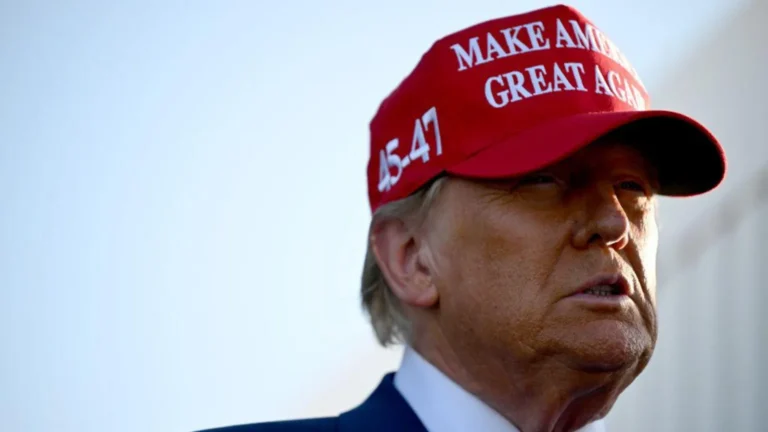Recent discussions have raised speculation about whether former President Donald Trump could run for a third term. Despite constitutional limitations, some of his supporters have floated the idea of finding ways around these restrictions. However, the legal framework surrounding presidential terms makes this scenario highly unlikely.
The 22nd Amendment: A Clear Limit on Presidential Terms
The 22nd Amendment to the U.S. Constitution, ratified in 1951, explicitly states that no person can be elected as president more than twice. This amendment was introduced after Franklin D. Roosevelt served four terms, ensuring a two-term limit for future presidents.
Can Trump Bypass the Two-Term Limit?
Some theories suggest that Trump could attempt a return to office through alternative means, such as running as a vice president on another candidate’s ticket. However, this would conflict with the 12th Amendment, which prevents anyone ineligible for the presidency from assuming the vice presidency.
Another proposal involves amending the Constitution to allow a third term. While this is theoretically possible, it would require an extensive legislative process, including approval from two-thirds of Congress and ratification by three-fourths of state legislatures—an extremely difficult political hurdle.
Why the Two-Term Limit Exists
Before the 22nd Amendment, the two-term limit was an unwritten rule followed by early presidents, including George Washington and Thomas Jefferson, who voluntarily stepped down after two terms. The rule became official after Roosevelt’s presidency to prevent prolonged power consolidation.
While the idea of Trump running for a third term has sparked debate, the constitutional barriers make it virtually impossible without significant legal changes. The two-term limit remains firmly in place, ensuring that U.S. presidents cannot serve indefinitely.


















